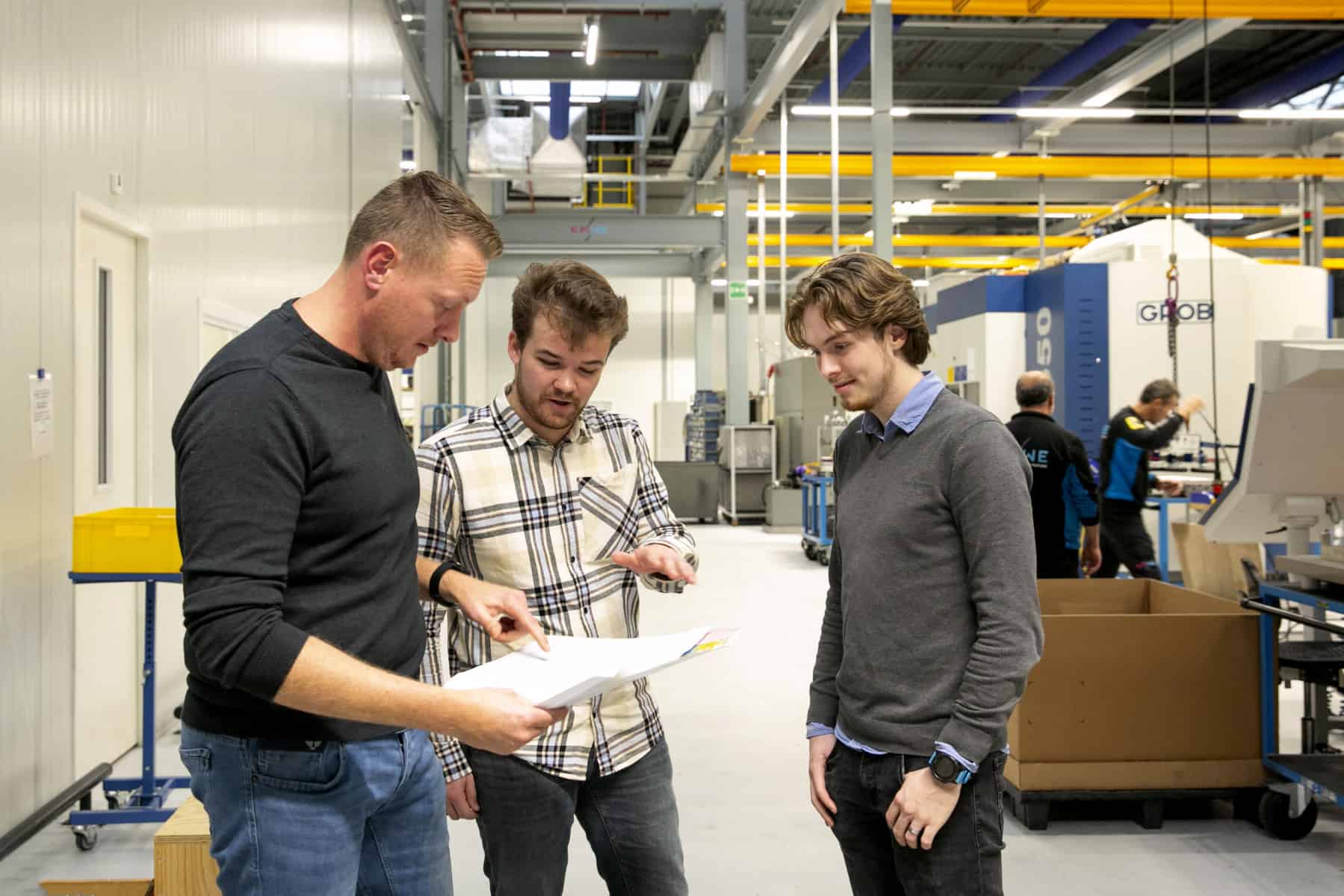
She more or less by chance became a teacher, made a name for herself with the Basisboek Neuromarketing and is the associate lecturer and the head of the research group Smart Marketing & Strategy at Fontys University of Applied Sciences. She knows everything about the ‘buy button’ in our brains and is now also a columnist for Innovations Origins, so she can offer us her own ‘sneak preview of the future’. An introduction to Eveline van Zeeland.
When the Van Zeeland family goes on holiday for a few days, it is logical that all family members come along. “Yes, even Google Van Zeeland, my children keep telling me.” Google Home has now become such a part of family life that it is logical for the children that it joins them on a trip, as if the autonomous talking device is a real brother or sister. “But frankly, I prefer to find a wifi-free spot for our holidays, so that doesn’t make much sense anyway.”
With or without wifi, Eveline van Zeeland’s research button is always on. Based on a solid scientific fundament, she looks for the correct translation of her findings into everyday practice. “In our research group, I am the ‘head of inspiration’ on the fascinating subject of smart marketing. But I also want to be the bridge between science and practice: I translate the latest academic insights into bite-sized chunks for business professionals and students, for example as a speaker at conferences or in non-academic publications. She is a regular contributor to Clou and has a column at BRON, Fontys’ online magazine.
Read the first ‘Tomorrow is Good’ by Eveline van Zeeland.
And from now on, she can also be found at Innovation Origins. What can we expect? “As far as subjects are concerned, I don’t let myself be pinned down easily, I am led by my own amazement and this can go anywhere. But there will certainly be recurring elements in my columns, such as the always exciting interaction between humans and technology. The ethics involved, the trust that is needed. How can we use technology – for example in the shape of robots – to make the world a better place? People have a role to play, of course, but so do companies. See how hospitals use robots: a chatbot-like talking pole in the hall can work very well, because we know that a conversation reduces stress. But do we tell the users that it’s a machine and not a person to whom they talk? Those are the ethical issues that ignite my concern.”
Van Zeeland was trained as a general economist but later supplemented this with psychology and neuromarketing. She was the type of ‘overzealous student’ who started teaching the younger year students already during her own studies. Van Zeeland still reads everything that crosses her path. At work, at home and even in the car, there are always piles of interesting scientific publications to be found, “because you never know if you happen to have some time to learn”. Her current field, neuromarketing, is best known for its research into consumer behaviour, but Van Zeeland has stretched the focus to business-to-business interactions as well. Her PhD research focuses on the integration and adoption of a neuroscientific perspective in areas where this is underexposed, such as B-to-B marketing. “I investigate the role of trust between business partners through a neuroscientific approach.”
“Do we tell the users that it’s a machine and not a person to whom they talk? Those are the ethical issues that ignite my concern.”
Neuroscientists can now use brain research to determine very well whether a certain product, a specific design or even a new song on the consumer market has a chance of success, says Van Zeeland. “Or rather: we know when something will likely fail because we can measure whether such an innovation activates a certain part of your brain; the so-called ‘desire centre’, or flatly put: our ‘buy button’. If such a trigger does not result in a response, we can conclude that it will probably not lead to a buying action for that person. But unfortunately the opposite is not always entirely certain: even if someone’s brain is triggered by a certain innovation, some extra considerations are still needed before one actually goes out and buys the product.”
Students – in this case, the second year Commercial Economics students at Fontys who follow Van Zeeland’s innovation management course – tend to like the neuromarketing parts of the course, says Van Zeeland. “They say it’s cool – and that’s what it is. All the stranger that there was no Dutch manual for it. For me, that was reason enough to write one myself, a few years ago.” The result saw the light of day in 2016: the Basisboek Neuromarketing.
And Van Zeeland wouldn’t have been herself if this book didn’t also contain some important parts related to ethics. “That was especially necessary because that aspect has always been underexposed in the textbooks in my field of expertise. Marketing is often considered to be the least ethical field there is, and I understand that. All the more reason to give it all the attention it deserves.” This is now visible not only in her educational efforts but also in her research: in all projects, an ethical path runs parallel to the research itself. Moreover, the research group Smart Marketing & Strategie is already thinking of a permanent “Moral Lab” at Fontys University of Applied Sciences.
Naturally, this lab will devote a great deal of attention to the relationships between people, as well as between people and technology. But also the ethical dilemmas within technology – for example from robots to robots, or in other interactions within the Internet of things – will be given a place. Google Van Zeeland can still be of use.







